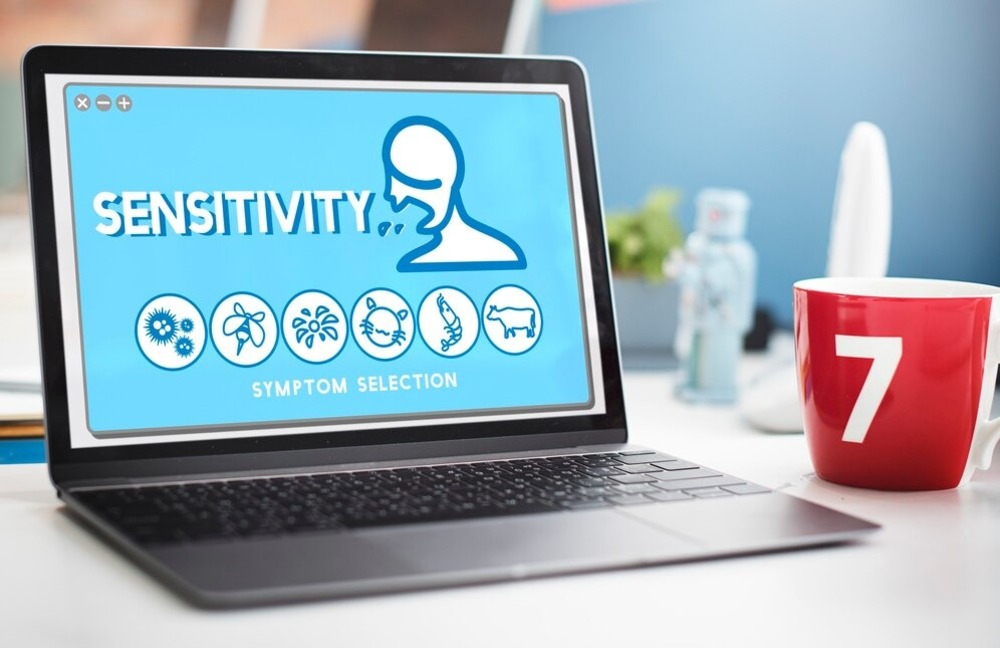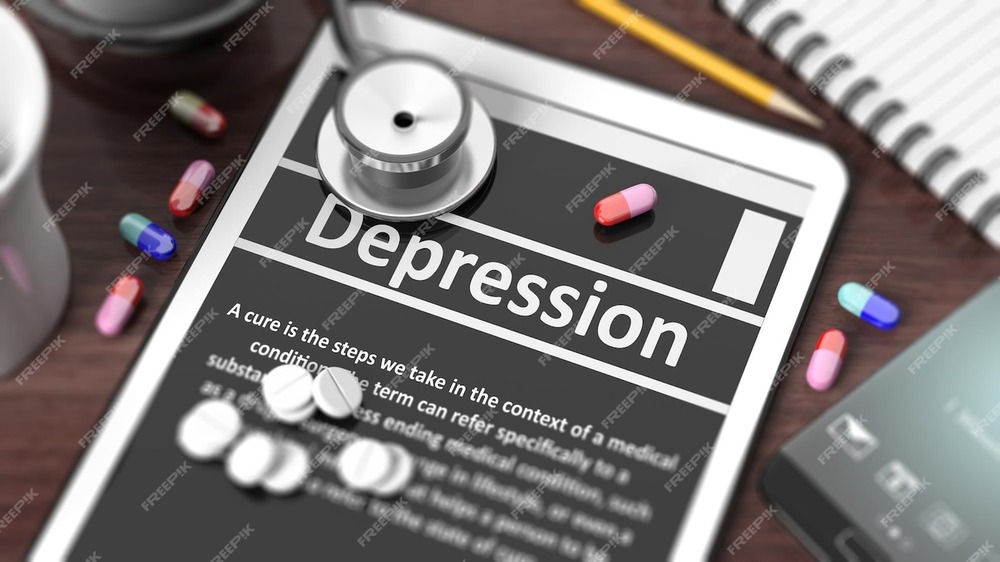Mental health is a crucial aspect of overall well-being, yet it remains shrouded in stigma and misunderstanding. Depression, one of the most common mental health disorders, affects millions of people worldwide. According to the World Health Organization (WHO), over 264 million people suffer from depression globally. Despite the prevalence of this condition, many individuals hesitate to seek help due to societal stigma and a lack of understanding about mental health assessments. In this blog, we will explore the various depression tests available, the stigma surrounding mental health care, and how we can break these barriers to ensure everyone receives the support they need. 🌍💔

Understanding Depression Tests
Depression tests are essential tools used by mental health professionals to diagnose and assess the severity of depression. These tests can range from self-report questionnaires to structured clinical interviews. Here are some of the most commonly used depression tests:
| Test Name | Description | Typical Duration | Age Group |
|---|---|---|---|
| PHQ-9 (Patient Health Questionnaire-9) | A self-administered questionnaire that assesses the severity of depression symptoms. | 5-10 minutes | Adults |
| Beck Depression Inventory (BDI) | A 21-item self-report inventory that measures the intensity of depression. | 10-15 minutes | Adolescents & Adults |
| Hamilton Depression Rating Scale (HDRS) | A clinician-administered assessment that evaluates the severity of depression. | 15-20 minutes | Adults |
| Geriatric Depression Scale (GDS) | A screening tool specifically designed for older adults to identify depression. | 5-10 minutes | Older Adults |
These tests are vital for identifying depression early and providing appropriate treatment. However, many individuals may feel hesitant to take these tests due to the stigma associated with mental health issues.
The Stigma Surrounding Mental Health
Stigma can be defined as a mark of disgrace associated with a particular circumstance, quality, or person. In the context of mental health, stigma can lead to discrimination, social isolation, and a reluctance to seek help. A survey conducted by the National Alliance on Mental Illness (NAMI) found that 64% of people with mental health issues reported feeling ashamed of their condition. This shame can prevent individuals from accessing necessary care and support.
Statistics on Mental Health Stigma
- 1 in 5 adults in the U.S. experience mental illness each year, yet only 43% receive treatment.
- 50% of individuals with mental health conditions report feeling stigmatized.
- 70% of people believe that mental health issues are not taken seriously by society.
These statistics highlight the urgent need to address mental health stigma and encourage open conversations about mental health.
Breaking Barriers to Mental Health Care
To break the barriers of stigma and improve access to mental health care, we can take several steps:
-
Education and Awareness: Increasing awareness about mental health and the importance of seeking help can reduce stigma. Educational campaigns can help demystify depression tests and promote understanding.
-
Encouraging Open Conversations: Creating safe spaces for individuals to share their experiences can foster understanding and empathy. Support groups and community forums can be effective in this regard.
-
Promoting Accessible Resources: Online platforms like Mental Health America and NAMI provide valuable resources for individuals seeking help. These platforms offer information on depression tests, treatment options, and support networks.
-
Advocating for Policy Changes: Supporting policies that promote mental health awareness and funding for mental health services can lead to systemic changes that improve access to care.
The Role of Technology in Mental Health Care
Technology has played a significant role in breaking down barriers to mental health care. Teletherapy and mental health apps have made it easier for individuals to access support from the comfort of their homes. According to a report by the American Psychological Association, 76% of psychologists reported using telehealth services during the COVID-19 pandemic, and many plan to continue offering these services post-pandemic.
| Technology Type | Description | Benefits |
|---|---|---|
| Teletherapy | Online therapy sessions conducted via video or phone. | Convenient, accessible, and private. |
| Mental Health Apps | Applications that provide resources, self-assessments, and coping strategies. | Easy access to information and support. |
| Online Support Groups | Virtual communities where individuals can share experiences and seek support. | Reduces isolation and fosters connection. |
Conclusion
Breaking the stigma surrounding depression and mental health care is essential for improving access to treatment and support. By understanding the importance of depression tests, promoting education, and leveraging technology, we can create a more inclusive environment for those struggling with mental health issues. Remember, seeking help is a sign of strength, and everyone deserves the opportunity to heal. 🌈💪
If you or someone you know is struggling with depression, don't hesitate to reach out for help. Resources are available, and support is just a click away. Together, we can break the barriers to mental health care and foster a society that prioritizes mental well-being.




